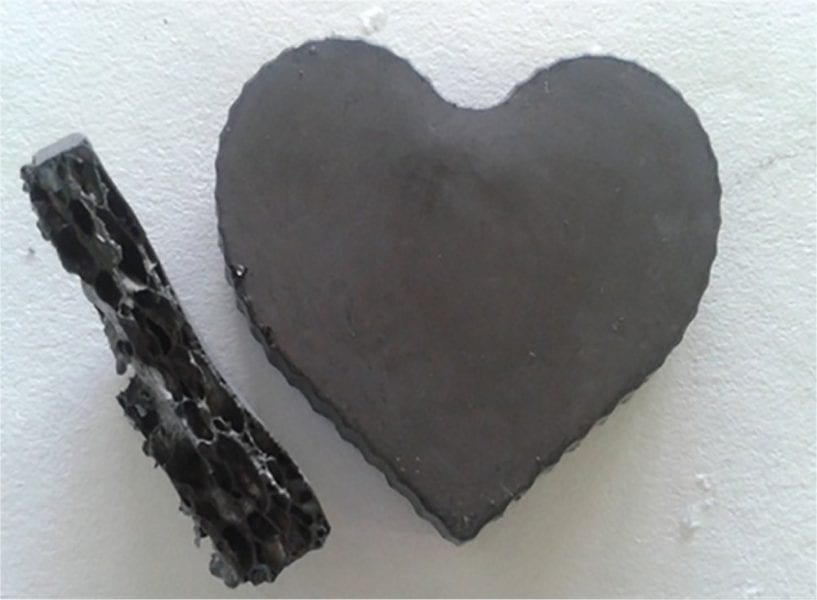Titanium is a metal introduced in industry quite recently, compared to steels or even aluminium alloys. The most important Ti alloy, the Ti-6Al-4V, appeared in the USA in 1954 and it is still the most widely used alloy. Being the fourth most abundant metallic element in the earth’s crust, titanium would be the preferred selection for most engineering applications because of its outstanding combination of properties: the highest strength-to-weight ratio of today structural metals; excellent corrosion resistance to acids, alkalis, salt water and polluted water due to a protective oxide film that naturally forms on the surface; low elastic modulus that makes it flexible and biocompatible; it is non-toxic and non-magnetic, and environmentally friendly as it comes from abundant resources and it is recyclable. However, the high reactivity of titanium makes the extraction and processing costly which prevents its use for every-day applications. Many efforts in increasing the performance-cost ratio are ongoing, by the developing of new extraction methods, new processing techniques, the design of new alloys and the better understanding of the mechanisms that enhance properties.
In this context, the symposium on “Titanium alloys: plastic deformation, powder technology, properties and applications” was organised by Elena Gordo (University Carlos III of Madrid, Spain), Rubens Caram (Universidade Estadual de Campinas, Brazil) and Vicente Amigó Borrás (Universidad Politécnica de Valencia, Spain) in the frame of the Advances in Materials & Processing Technologies Conference (AMPT 2015) to cover the latest advances regarding the alloy development, phase transformation, processing, characterization and applications of titanium alloys. This special section of Advanced Engineering Materials compiles a selection of the contributions presented to the symposium, offering a good sampling of the research under development.
Topics covered in this special section include new beta alloys for biomedical applications, new approaches to modify the surface composition, microstructure and thermal stability as well as new routes to obtain bulk and foam Ti matrix composites. Furthermore, the behavior of titanium alloys submitted to different industrial operations is studied. We hope you enjoy reading the special section!

















